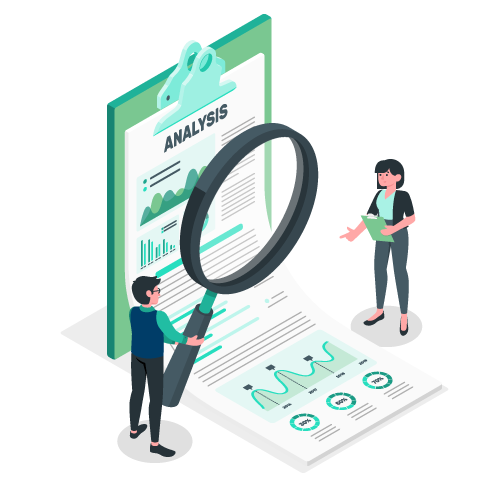- engitech@mail.com
- Mon - Sat: 8.00 am - 7.00 pm
We are creative, ambitious and ready for challenges! Hire Us
We are creative, ambitious and ready for challenges! Hire Us
Forget old, rudimentary and basic desktop tools like spreadsheets and calculators and jump into the new era of supply chain advanced planning and scheduling.

Most businesses, even today, more than 50 years after the advent of APS (Advanced Planning and Scheduling Systems) are still conducting mission critical activities which can have major impacts on their bottom line using primarily rudimentary, basic desktop tools like spreadsheets and calculators. These businesses expose themselves to major risks by relying heavily on tribal knowledge locked in the heads of their experienced planners and schedulers.
|
|
ERP
|
APS
|
APS benefits
|
|---|---|---|---|
|
Capacity Planning
|
Typically not Capacity Constrained
|
Typically run with capacity constraints
|
When planning/scheduling in an Infinite capacity environment ERP plans can be misleading especially when it comes to predicting delivery dates o material requirements timing.
|
|
Secondary Constraints(e.g. Labor/Tooling/other resources)
|
Generally not available
|
Incorporated into APS models to provide realistic and more accurate schedules
|
Many real life manufacturing environments need resources other than the primary line. Modelling such resources allows realistic executable plans and schedules to be generated.
|
|
Rates and Routings
|
Typically higher level routings – May or may not be able to handle Resource specific rates
|
Modelling detail can be configured based on APS objectives
|
Complex rate relationships modelling is critical to getting accurate capacity usage and hence an accurate plan/schedule.
|
|
Changeovers Times
|
Generally not available
|
Changeovers are standard in most APS – either sequence dependent or sequence independent
|
To produce accurate plans/schedules – we need to understand changeovers, and have the ability to generate plans that can minimize time and capacity lost to changeovers.
|
|
Pegging / MRP
|
Varying pegging capabilities – typically handled by manual reservation processes
|
Can configure smart pegging rules to ensure the right materials are reserved for the right orders.
|
Accurate modelling of material relationships – down to the Lot level and correct management of material reservations allow planners and schedulers to visualize true material constraints and adjust schedules accordingly.
|
|
Visualization
|
Usually tabular views – transaction style
|
More intuitive GUI’s aimed at highlighting exceptions and potential problems
|
APS analysis tools provides intuitive understanding of potential problems and allow exploration of different strategies to avoid problem altogether or mitigate impact.
|
|
What if analysis
|
Generally not available
|
Readily available
|
Critical to evaluate options and pick best strategy.
|
Planners and Schedulers often become frustrated trying to use ERP tools for APS and eventually resort to using complex spreadsheets into which large amounts of data from their ERP and other transactional systems is manually loaded. Planners and schedulers are forced to keep these difficult to maintain and support humongous spreadsheets up to date and do their best to use them to make the needed planning and scheduling decisions.
Sometimes there is a drive to automate the manual planning and scheduling functions using an APS tool. The pitfall with this approach is that it can result in automating or embedding bad practices that have been (“this is the way we have always done this”) used historically into a system or tool.
Through our experience, we have learned a much better way of approaching an initiative which aims at improving the Supply Chain Management Process in an organization: take a holistic approach which starts from the basic system-level to identify exactly what are the critical business decisions, what information is needed, who are the key stakeholders, and what are the key data elements needed to support the decision making process.
We also have to consider both short term operating issues as well as longer term tactical and strategic issues to ensure that our actions today don’t limit us in the future. This systematic, phased-approach for assessing business needs allows us to capture short term benefits while providing a solid foundation for future phases. The end state will be a fully integrated, nimble, intuitive, easy to use and comprehensive Supply Chain Management environment for the organization.